Main Sponsors
-
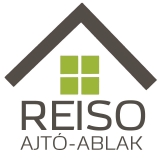 Reiso Pécs
Reiso Pécs -
 Hotel Lycium****
Hotel Lycium**** -
 Pécs ZOO
Pécs ZOO -
 http://www.mecsekegyesulet.hu/
http://www.mecsekegyesulet.hu/ -
Doro Ékszer
-
 Hetényi Pincészet
Hetényi Pincészet -
 Zsályaliget Élménypark
Zsályaliget Élménypark -
 Fabrik Barkács Szaküzlet
Fabrik Barkács Szaküzlet -
 Katica tanya
Katica tanya -
 E.ON Hungary
E.ON Hungary -
 http://www.ipark-pecs.hu/
http://www.ipark-pecs.hu/ -
 https://www.otpbank.hu/otpklub/Fooldal
https://www.otpbank.hu/otpklub/Fooldal -
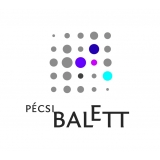 http://www.pecsibalett.hu/hindex.html
http://www.pecsibalett.hu/hindex.html -
 www.lakics.hu
www.lakics.hu -
 Gépszer
Gépszer -
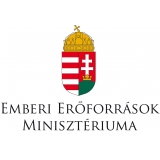 http://www.kormany.hu/hu/emberi-eroforrasok-miniszteriuma
http://www.kormany.hu/hu/emberi-eroforrasok-miniszteriuma -
 http://www.pnsz.hu/
http://www.pnsz.hu/ -
 http://www.pecs.hu/
http://www.pecs.hu/ -
 Mischl Autóház
Mischl Autóház -
 Öko-Trade Ltd
Öko-Trade Ltd -
 Bóly and Vicinity Savings Bank
Bóly and Vicinity Savings Bank -
 Mecsekerdő Forestry Ltd
Mecsekerdő Forestry Ltd -
 http://www.deltakarek.hu/
http://www.deltakarek.hu/ -
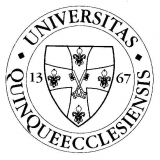 University of Pécs
University of Pécs -
 http://kloe.hu/
http://kloe.hu/ -
 http://www.lafarge.hu/
http://www.lafarge.hu/ -
 http://www.gondoldo.hu/
http://www.gondoldo.hu/


Lappeenranta City Orchestra
24 May 2012. 19:30 | Kodály Centre
For Grown-Ups |
- Sibelius: Pelleas and Melisandem op.46
- Nielsen: Flute Concerto (1926)
- Kalevi Aho: Symphony No.14 ("Rituals")
Programme
Orchestra
Pannon Philharmonic OrchestraConductor
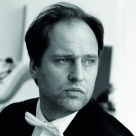
Tibor Bogányi
In 2017/2018, he is spending his seventh season as chief conductor of the Pannon Philharmonic.
Tibor Bogányi is of Hungarian descent and is regarded as the most interesting and talented member of the generation of Finnish conductors. At the age of 28 he was appointed Chief Conductor of… More
Soloist
About the Programme
Sibelius: Pelleas and Melisandem op.46
Nielsen: Flute Concerto (1926)
Kalevi Aho: Symphony No.14 ('Rituals')
Jean Sibelius (1865-1957), turned to the world of M. Maeterlinck, chose the tale of Pelléas and Mélisande (Op. 46) as the base of his music. The opening images depict the old King Arkel’s ancient castle and the beach at its foot, and the presence of Mélisande’s enchanting beauty shines in the area. Sinister colours are overshadowing the story, when the young lady drops her wedding ring she got from Golaud into the well (Spring in the Park). The picture called The Three Siblings is followed by a Pastorale, as fine as a chamber music piece. Like a vision, Mélisande’s figure is appearing at the loom; and then comes a finale-like music – but the drama process requires a different ending: the work ends with the death of Mélisande.
Among Carl August Nielsen’s (1865-1931) plans was that he would write a concerto for each member of the Copenhagen Wind Quintet, respectively characteristically. The Flute Concerto (1926) shows the jovial individual personality of for Holger Gilbert Jespensen. The composer opted for a two-movement form, which is unusual for concertos (1. Allegro moderato, 2. Allegretto - Adagio ma non troppo - Allegretto - Tempo di marcia), offering a variety of music: a colourful palette, from innocent child's voice to jaunty march-characteristic, not without the cartoon-like, playful elements either.
Kalevi Aho (1949- ), professor at Sibelius Academy in Helsinki, got an exiting commission in 2003: to write a material of a complete concert programme. He panned to open the evening with a song cycle, followed by a viola concerto. The programme ends with the Symphony No.14 ("Rituals"). The work is divided for six chapters (1: Spell No.1, 2: Interlude No.1, 3: Spell No.2, 4: Parade, 5: Interlude No.2, 6: Spell No.3); to its relatively small performing apparatus, the composer assigned two percussion instruments: the uniquely African darabuka (conga) and a djembe, which is African, related to blacksmiths of an ethnic group.